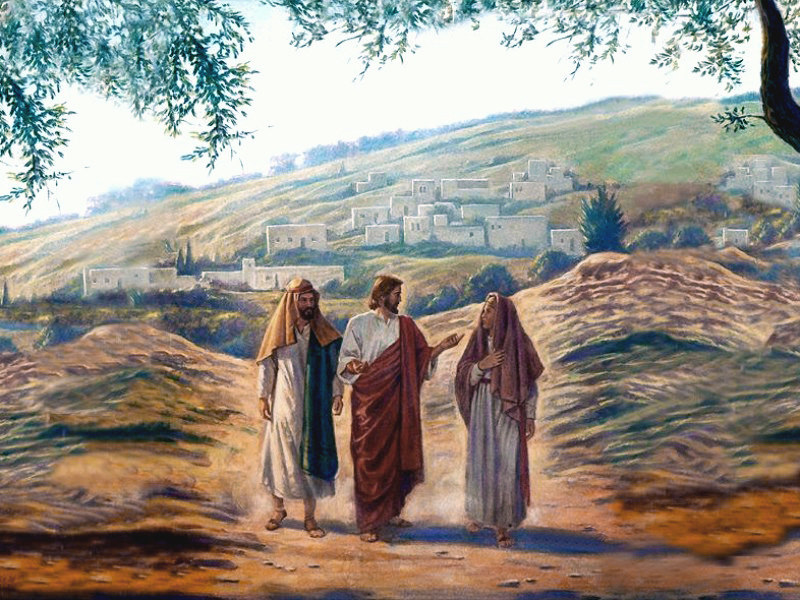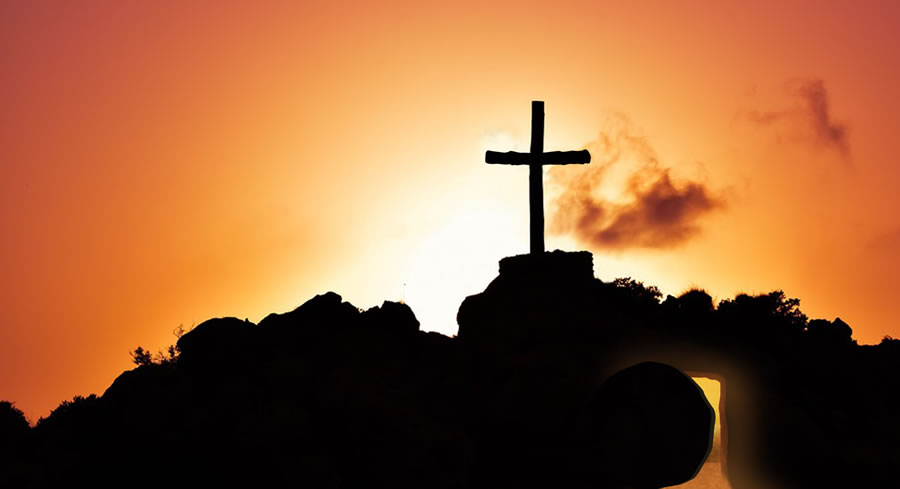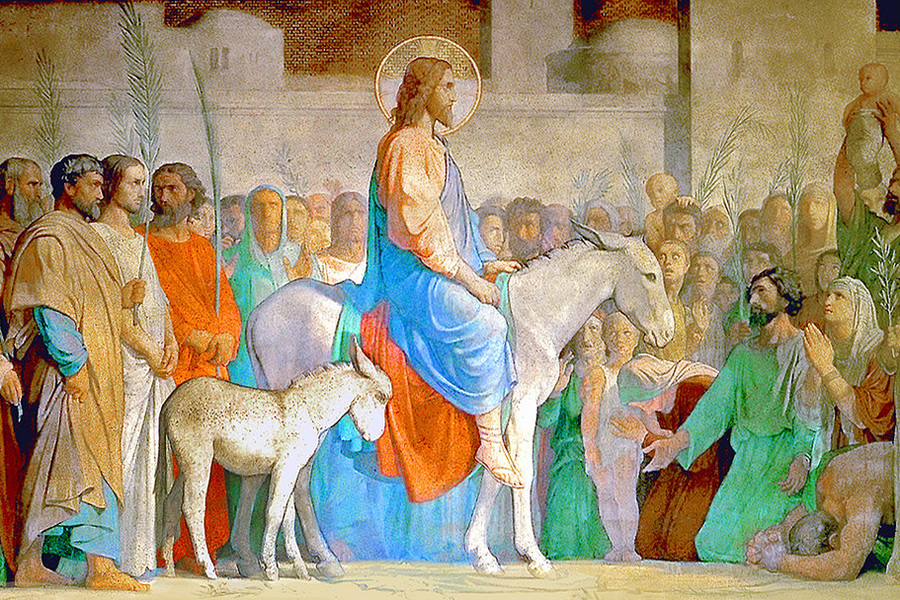
Were not our hearts burning within us?
by Fr. Tony Sauer, S.J. | 04/26/2020 | From Fr. SauerDear Parish,
“Did not our hearts burn within us as He explained the scriptures as we walked with Him?” “Did not our hearts burn within us as we met Him in the Breaking of the Bread?”
The Emmaus disciples joyfully rush back to Jerusalem to inform their companions that the Lord has truly risen: He is not dead, but alive! These two discouraged and despondent men when they walked this same road before now do a 360 in their utter happiness to announce the Good News!
My friends, we all walk alone or with another these coronavirus times as they did, but it is a depressing, lonely, joyless path, buoyed up only by small screen and phone reminders from our loved ones and the ever-so-faint hope that these days too shall pass.
Continue
From the Pastor
by Father Robert Fambrini, S.J. | 04/19/2020 | From Fr. FambriniThis is probably the most unexpected question to bring up the week after Easter but have you ever considered how authorities attempt to solve the mystery of an unidentified body? After the very basics of skin color, sex, approximate age, it’s those aspects which distinguish one person from another: a tattoo, receding hairline, missing appendage, a scar.
Every year the Sunday after Easter we hear the same Gospel: Jesus appears to his disciples twice. The first time Thomas is missing, the second time he is present. The obvious focus is Thomas’s lack of faith.
But I see a different message. Jesus is the only person ever to conquer death. When He makes his appearances after rising from the dead, you’d expect him to present himself with what the kids would call, a “ripped” body: strong, new, without blemish. After all, death has no claim on him. And yet, how does Jesus present himself? He shows off his wounds, the markings which distinguish him, which tell the story of his love for us.
Continue
Easter
by Father Robert Fambrini, S.J. | 04/12/2020 | From Fr. FambriniDear Beloved in Christ,
There is a phrase used in monastic life to refer to the period of time between the last hour of prayer at night after which the monks retire to their cells, and the first hour of prayer, with which the monks greet the new day, called “the great silence”. On a practical level, the great silence seems to refer simply to the time when all the work of the day is done, and the monks settle down for sleep. But deeper than this, the great silence is not just a time of rest, but the time where, our day’s work is over, God remains active and working, though unseen and most often unheard, speaking in the stillness. The monks rest, knowing that God in the great silence abides.
Continue
Palm Sunday of the Lord's Passion
by Father Robert Fambrini, S.J. | 04/05/2020 | From Fr. FambriniSolidarity means unity. When one is in solidarity with another one feels a certain kinship having experienced something in common. Jesus tells us: “Whoever does the will of my Father in heaven is my brother and sister and mother.” (Mt 12:50)
The previous four churches of which I was pastor were predominantly immigrant communities. My grandparents were immigrants to this country but I am far removed from the struggles which my congregants endured coming to this country, learning a new language, new customs and ways of doing things. I developed a kinship with my parishioners by being present to them but I knew that their experience was not mine.
Continue